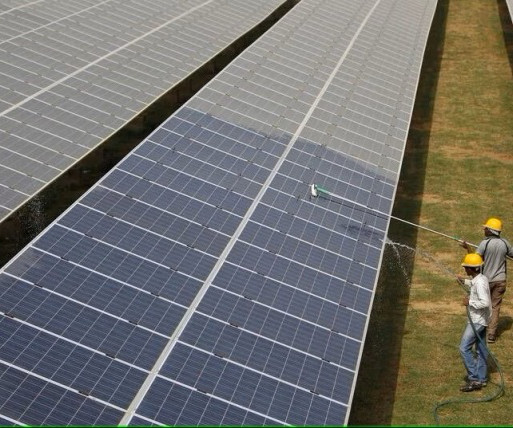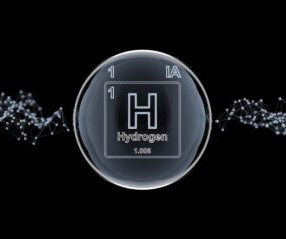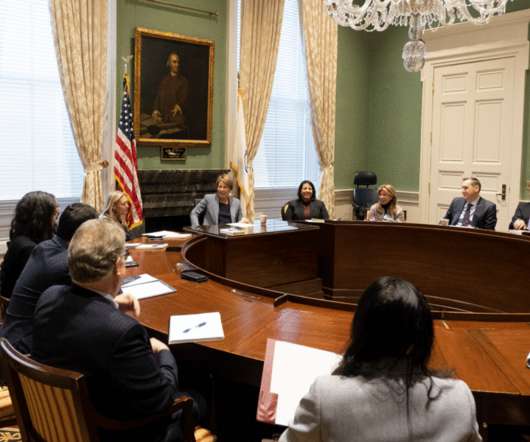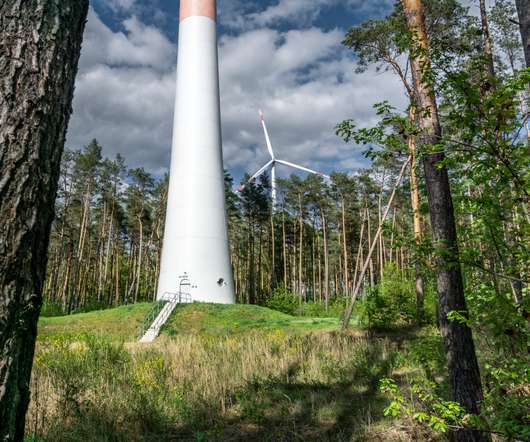India prepares to ramp up clean energy capacity
A Greener Life
APRIL 7, 2023
By Anders Lorenzen Tenders for 250 gigawatts (GW) of clean energy by 2028 are set to be unveiled by the Indian government, according to a government memo. Overall, India is also looking to boost its share of non-fossil capacity, which can include big hydro and nuclear to 50% by 2030. Photo credit: Reuters / Amit Dave.














Let's personalize your content